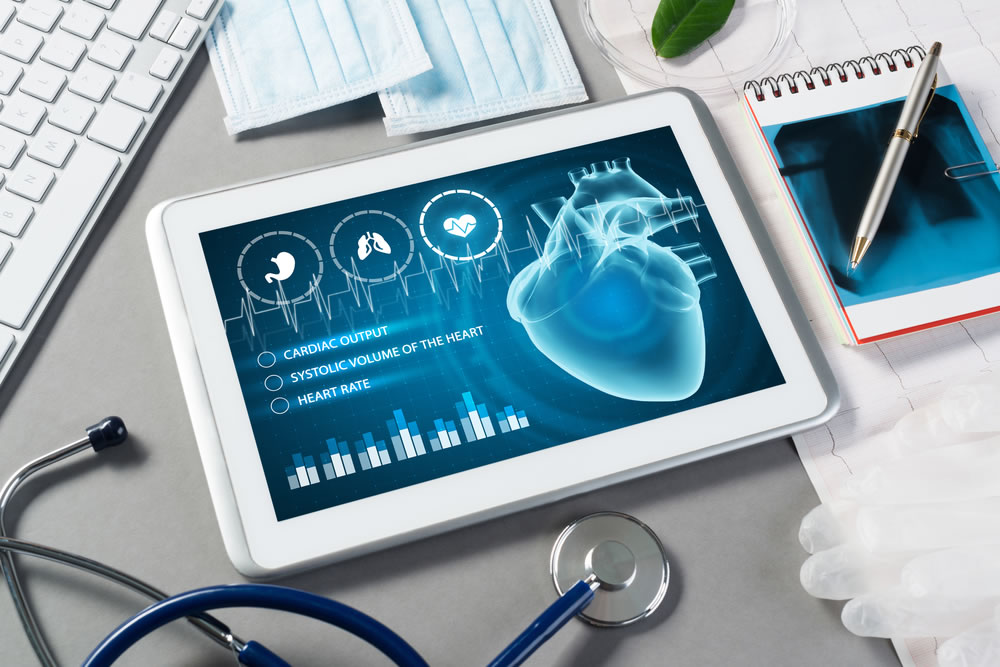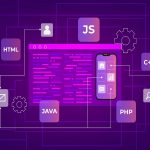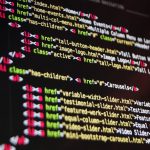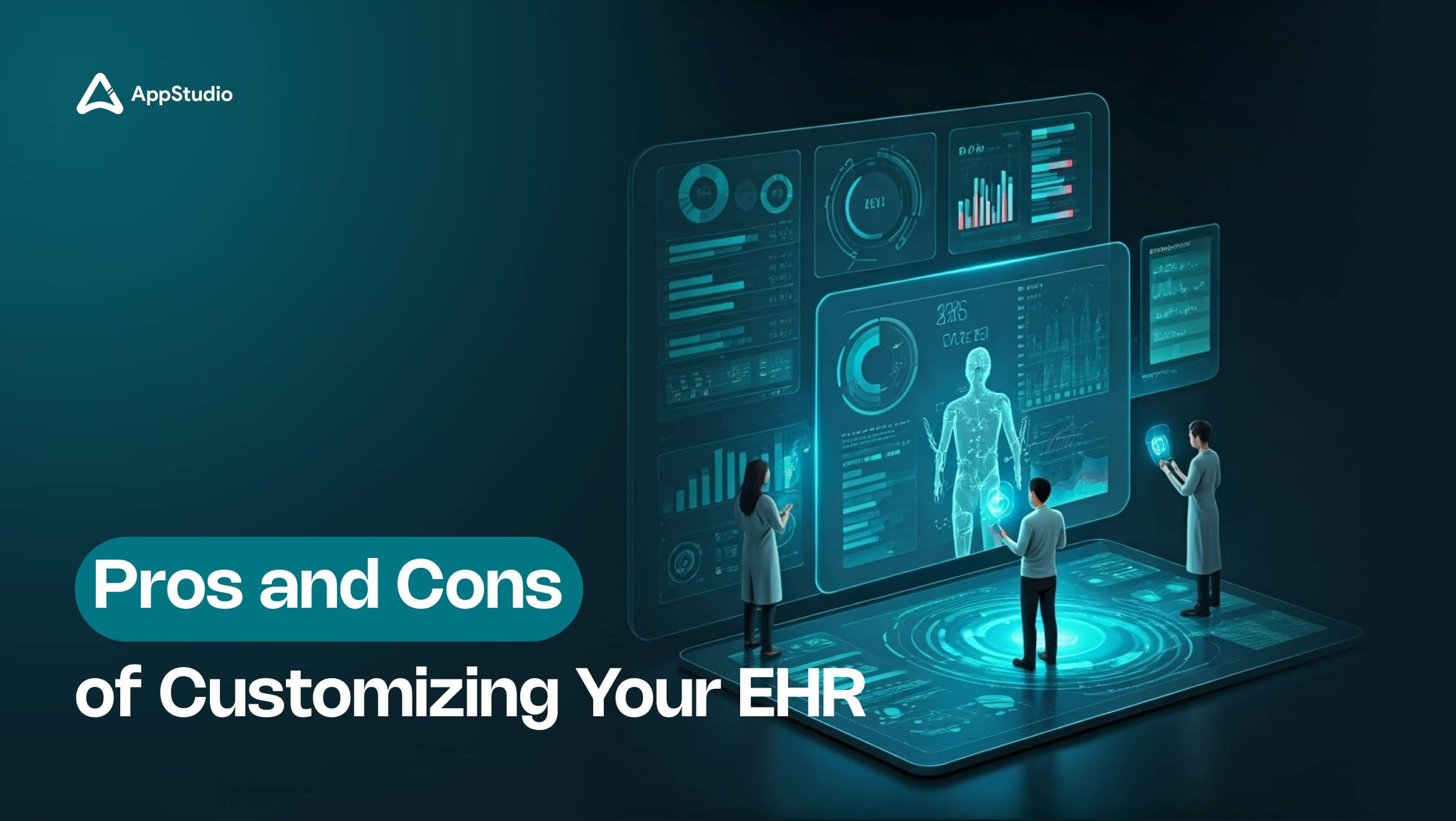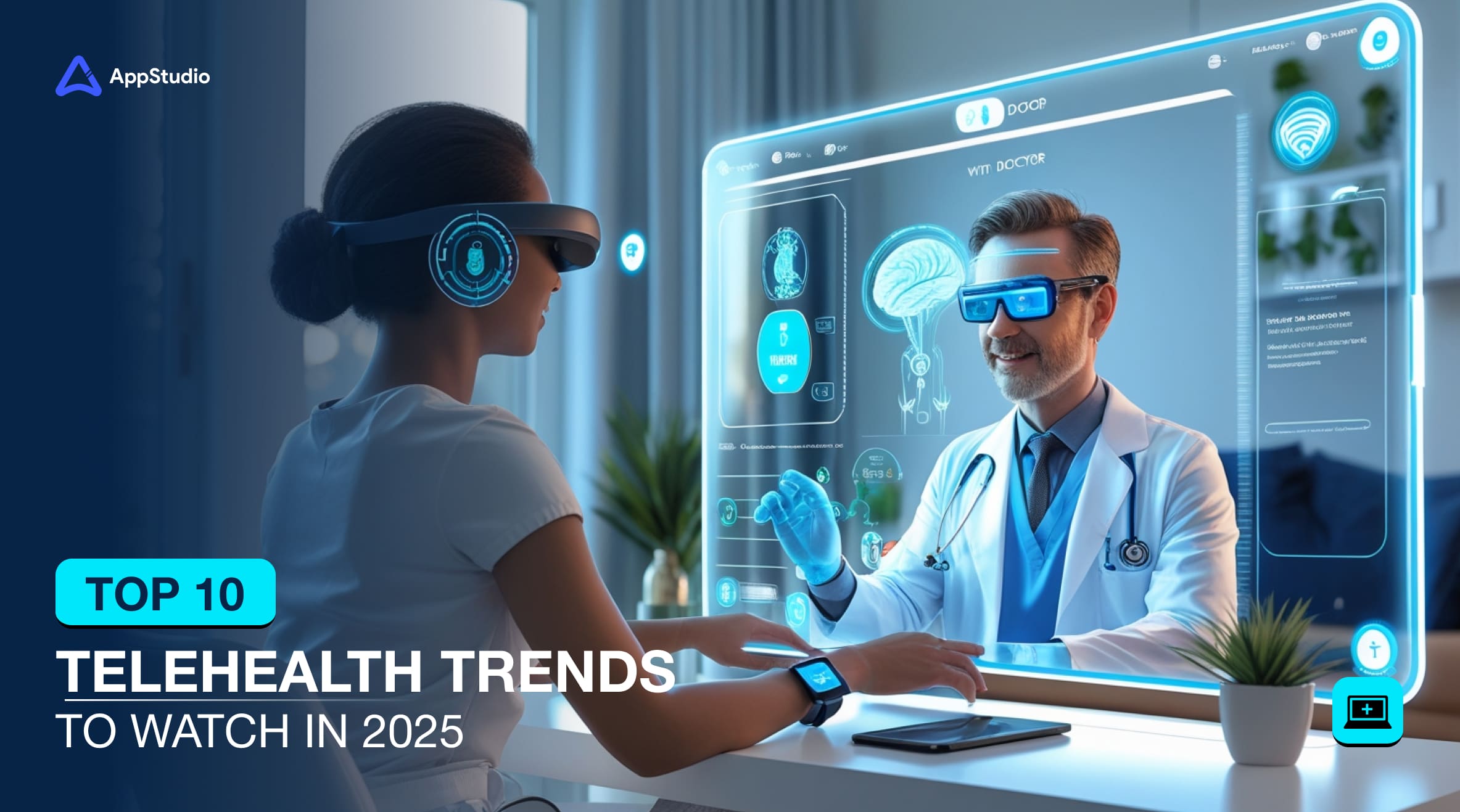Health informatics or medical informatics is the application of informatics and communications to the health area through the use of medical software, and they are part of health technologies. Its main objective is to provide services to health professionals to improve the quality of health care. Wikipedia notes that it is the intersection of information science, computer science, and health care.
It deals with the resources, devices, and methods necessary to optimize the acquisition, storage, recovery, and use of information in health and biomedicine. Health informatics instruments include not only computers, but also clinical practice guides, formal medical terminology, and information and communication systems.
There are several ways to define medical informatics. AppStudio experts define it as: “It is the study of how multidisciplinary medical knowledge is created, shaped, shared and applied.” Medical informatics is currently supported by information and communication technologies (ICTs), and above the concept of e-health, telehealth and telemedicine.
Quick Glimpse At What is Health Informatics
Health informatics is a specialized field within the healthcare industry that combines communications, information, and healthcare intending to improve patient care. A healthcare app development company claims that health informatics involves the use of health information systems to collect, store, retrieve, analyze, and use health care information for various purposes. Among the most common purposes of health informatics are to enable better collaboration and coordination among healthcare providers, streamline medical quality assurance processes, improve cost-effectiveness in healthcare delivery, and increase accuracy and efficiency in managing facilities/practices.
Why is Health Informatics Important?
Health informatics is really important and has played a great role in improving patient care. Here check out the benefits of health informatics.
Knowledge of the Patient
If you’ve ever left the doctor’s office without knowing or forgetting much of what happened, you are not alone. Patients who have electronic access to their medical records know what was done and what prescriptions they may have to take. Most health portals also offer patient support and various resources to learn more about healthy living. The affected person also can speak together with his doctor and nurse via this portal.Patient access is also very important to family members because it provides the patient’s medical information that the patient may have forgotten. In addition, when patients can access their recommendations and health history, the patient may be more inclined to take health problems more seriously.
Patient Privacy
Data confidentiality and affected person privateness is a totally essential component in healthcare. Therefore, the usage of blockchain technology, scientific specialists are already experimenting with new statistics encryption methods. When data is encrypted, patients and doctors would not have to worry about data breaches and compromised data, as the records are now completely secure. This particularly fosters patients’ faith in physicians and makes them eager to provide more crucial information. According to a well-known healthcare mobile app development company in Canada, blockchain-based privacy benefits are perhaps the closest to becoming a standard of all the benefits of healthcare informatics.
Improved Results
With manual jobs and tasks now being automated, time and money are saved for patients, hospitals, insurance companies, and even the government. In addition, there are now improved diagnoses and fewer errors, which have led to an increase in the efficiency of healthcare.
What are e-Health and telehealth?
While e-health (electronic health) is a generic name that encompasses all computer applications in the field of health, telehealth refers to the use of ICT in medical tasks performed remotely. These tasks not only focus on patient care but also distance medical training and education. In medicine, the use of computers ranges from the diagnosis of diseases to the monitoring of the vital signs of a patient at an operative or postoperative level.
They also allow very specialized operations such as laser eye surgery, x-ray examination, ultrasound, CT scans, and many other actions of different kinds. Therefore, information systems focused on the area of health have been developing autonomously, and do not necessarily share homogeneous criteria and have huge volumes of data that represent extraordinarily complex information flows, constituting a necessary contribution to society.
ICTs Transforming Healthcare
It must be borne in mind that the possibilities that ICTs make available to the community help to improve their quality of life, and the well-being of people, which also helps to reduce access imbalances and inequalities to the health services of citizens, optimizing the cost-benefit ratio, while promoting their development and growth. Therefore, it is preferable to talk about the integration of ICTs in health systems rather than their greater interconnection.
The extended use of microprocessors
In recent years, the use of microprocessor-based electronic systems has been a very important milestone in the evolution of electronics and therefore, also in all areas where electronic media are used. Medicine is undoubtedly one of these areas in which, thanks to the integration of the microprocessor, we now have more powerful, accurate, and reliable diagnostic and treatment equipment, and at the same timeless invasive and less harmful for the patient’s health.
In electronic equipment used in medicine, for the diagnosis and treatment of diseases, the most used are those that have integrated electronic systems tend to be controlled by the use of small microprocessors or microcontrollers. The lowering of integrated circuits (and therefore of microprocessors) has undoubtedly been one of the most important reasons that have made this possible. As a result, there are new products, more precise, more reliable, and with new functionalities, which provide more information and more quality to health personnel, ultimately contributing to better patient care.
Benefits of ICTs to the health sector
The significant advance of information and communication technologies in recent times allows its application to the health sector in numerous ways, providing quality and safety benefits, as well as significant economic savings. Therefore, in recent years an international debate is taking place on the benefits of the application of ICTs to the health sector, as the OECD has shown. The main benefits of the implementation of ICT in the health sector are four:
- The increase in the quality of patient care and efficiency: One of the most important shortcomings in the sector is the fragmentation of healthcare and the difficulties of effectively transmitting the information. ICT can help improve patient safety through direct access to medical records, online consultation of treatments, recording the evolution of patients, and anticipating possible medical errors. The study reflects that these tools are perceived among professionals and users as substantially positive for improving patient safety, which is why countries promote their implementation.
- The reduction of the operative costs of the medical services: The TIC help to diminish this type of cost with the reduction of the time required to process data or to handle documentation. Swedish doctors save up to thirty minutes a day thanks to the electronic prescription. The system of archiving and transmission of images (PACS, for its acronym in English) is presented as indispensable for the development of electronic medical history (EHR) and telemedicine since it reduces the time of the analysis and the results.
- The decrease in administrative costs: Billing presents great savings possibilities thanks to the use of ICT. In the United States, the unit cost of paper transactions has decreased, since in 1997 they began to be replaced by electronic operations, from five dollars to 25 cents. Despite the evidence of this data, electronic invoicing is not yet widespread in most countries.
- The possibility of carrying out completely new health models: ICTs have been defined as technologies with a high transformative potential since they present new ways of practicing medicine and developing health. The study reflects three major improvements:
- The renewal of primary care. In the six countries of the study, ICTs are being used to improve three specific areas: the care of chronic diseases, the generalized practice of the multi-purpose information delivery service and the progress in the coordination of health care.
- Improving access to health: ICTs, especially telemedicine and PACS, are used with excellent results in rural or remote populations.
- Improved measurement quality and monitoring performance: The six countries analyzed are using ICT to enrich their health systems. The collection and processing of electronic data allow access to information.
Check Also: – Best Healthcare Development Company in Toronto, Canada
ICT bringing efficiency to Healthcare
As a consequence of the implementation of ICTs, countries aspire to obtain greater efficiencies in the field of health. In others, the following advantages can be pointed out:
- A balance between incentives with the priorities of the health system and with the fair allocation of costs and benefits. Reducing financial barriers is essential for the application of ICT in health. It is expected that when solid evidence of the advantages of the implementation is provided, the process of adaptation to ICTs will accelerate. At the moment, in the countries studied, it is the governments that have championed this promotion in health, generally through subsidies.
- Achieve unit defined standards and consistently implemented. The growing increase in health information produced and collected by ICTs is causing serious problems. Electronic medical records are designed to be easily understood and deciphered. However, standardization remains a political and logistics requirement to be resolved, so governments and companies are looking for solutions
- Achieve solid and reliable privacy and security methods. The treatment of medical information can be extremely delicate, professional ethics in health systems require strict confidentiality. In the cases studied, given the need to obtain the consent of the patients and to have to share the data of the patients in different medical areas, there is a clear doubt about who would have the right to access what data, how to regulate them and by whom. Besides, sometimes, privacy is legislated, at the same time, at the national and local or regional level, which makes the processes difficult.
Cloud and mobile Applications for Healthcare Sector
Cloud applications and the proliferation of mobile devices are also bringing new advantages and synergies in the field of health. Thus among others, the following can be noted:
- More time is available for patients that leads to an improvement in the quality of care and assistance by health personnel.
- The availability and obtaining of information in a few seconds at any place and time, both of patients and administrative data.
- Increase data capture easily and accurately
- Significant time savings through the elimination of manual data collection.
- It improves the mobility of doctors without compromising data accessibility.
- The decrease in the number of medical errors and the rest of the health personnel, especially medication and dosage (illegibility), incomplete data or deficiencies.
- It facilitates decision making on time and more accurately at the point of patient care (large data and information storage capacity).
- Facilitates references with other applications: drug databases, etc.
However, the projection of ICTs in the field of health has other perspectives. Thus, for example, Dr. Henry Jay Heimlich has highlighted the role of ICTs in biomedicine and health research. Information and Communication Technologies (ICTs) are nowadays basic instruments for biomedical and health research.
Healthcare Research and ICTs
The adoption and efficient use of ICTs is linked to the competitive capacity of researchers and organizations in a framework of globalization of science.
Its activity is intensive in information management, data collection, and processing. Communication with other colleagues, cooperative group work and dissemination of results are other characteristic elements of the research activity that is increasingly based on the use of information and communications technologies.
The range of use of these technologies is very wide covering from sensor networks and electronic microdevices to the design of drugs with supercomputers, or the use of automated laboratories and outpatient biotelemetry.
The popularization of personal computers has meant the possibility of increasing capacities for office automation, mathematical calculation, and biostatistics.
On the other hand, biomedical and health research has had the vocation of international collaboration for the dissemination of results and the development of multicenter projects.
Nowadays, thanks to the Internet, researchers have access to a huge source of information at the tip of their fingers at their table and, also, it is possible to work in groups, consortia, and networks regardless of the location of the researchers or Knowledge resources. An important aspect to consider is the speed of change of technology as well as its increasing extension in all activities. All this leads to the consequence that the adoption and use of ICTs in the field of health are linked to efficiency and competitiveness.
The needs refer to the development of the activities of the research projects but also of continuing education, teaching, and professional development. Finally, it is important to consider how new technologies in addition to facilitating new instruments mean new work cultures and present new ethical and legal dilemmas for researchers who will need to be trained in new work environments.
Currently, computer science is very applied in the field of medical education.
The use of multimedia, as Dr. Maximilian Oskar points out, allows the integration of audiovisual media and the possibility of interaction provided by the computer into a single product.
Although it can be useful for any type of educational software, it is especially useful for those developed for medical disciplines. Multimedia and virtual reality allow a higher level of realism, greater objectification, by incorporating audio, still and animated images, even in the third dimension, videos, etc., and its most important feature: greater interaction.
In turn, thanks to this application, the operations to the patients are managed efficiently and safely. The benefits offered by the software in this field, have been improving even more since as technology advances, the operating systems provide a lot of help in the realization of medicines, thanks to the contribution provided by the software that allows the visualization of the process of medicine manufacturing.
Technology and Medical Education
In medicine, the use of a computer in medical education is considered to work at four different levels.
- For the acquisition of basic knowledge of medical theory: because of its rapid numerical calculation and its graphic reproduction on the screen, mathematical models of the pathological physical process can be used in programs that train medical students regarding the relationship between the parameters of the model and modification in system variables.
- In clinical training: through simulators that allow students to deal with cognitive aspects of patient care independently.
- As a valuable instrument in the development of laboratory practices: it is possible with the computer to simulate experiments at a very low cost and repeatedly.
- Through the use of expert systems such as knowledge structuring models or educational models: For courses taught to medical students in some countries.
All this, it is evident that it is giving rise to a new rethinking of multiple legal aspects, since the incursion of ICTs in the field of health is evident that affects issues ranging from the concept of privacy itself, through the entire range of the rights of the patient, until ending in other unsuspected aspects of the legal reality of the person. It should not be forgotten that the advances that are taking place are creating new circumstances, which if they are considered problematic from the legal point of view, is due to the lack of regulation, and the absence of regulatory criteria that give a peaceful response to the new questions that are raised.
